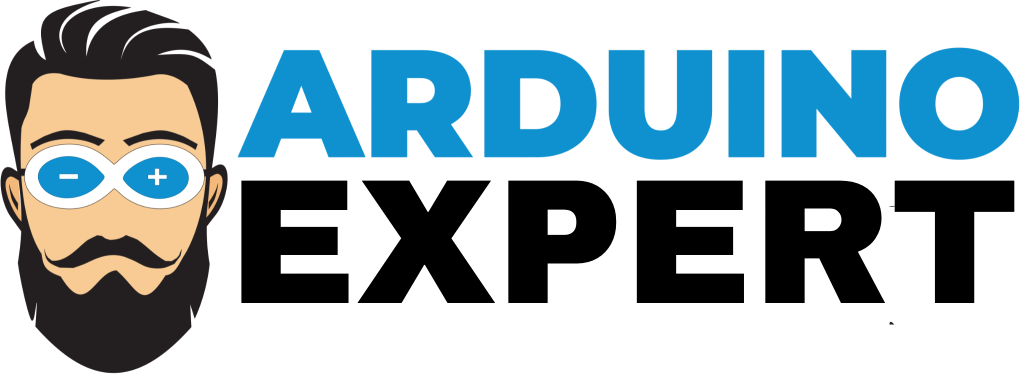A solar tracker is a device that orients solar panels towards the sun to maximize energy absorption. A single-axis solar tracker moves along one axis (either horizontally or vertically) to follow the sun’s trajectory throughout the day. This project outlines the development of a single-axis solar tracker using Arduino Uno, a DC motor with an encoder, Light Dependent Resistors (LDRs), and motor drivers.

Components used in the Solar Tracker Project:
Arduino Uno: The microcontroller that will process the input from the LDRs and control the motor.
DC Motor: Provides the movement for the solar panel.
Encoder: Attached to the motor to provide feedback on its position and speed.
Light Dependent Resistors (LDRs): Senses light intensity and provides analog signals to the Arduino.
Motor Drivers (e.g., L298N): Controls the direction and speed of the DC motor.
Solar Panel: The main component that generates electricity.
Resistors (e.g., 10kΩ): Used in voltage divider circuits for LDRs.
Breadboard and Jumper Wires: For prototyping and connections.
Power Supply: To power the Arduino and motor.
Working Principle of Single Axis Solar Tracker:
LDR Sensing: The two LDRs are placed on either side of the solar panel. They measure the intensity of sunlight. The one receiving more light will produce a higher voltage.
Arduino Processing: The Arduino reads the analog values from the LDRs. If one LDR has a significantly higher reading than the other, the Arduino calculates the difference and determines the direction the motor should rotate.
Motor Control: The motor driver receives signals from the Arduino to adjust the motor’s direction accordingly. The motor rotates the solar panel toward the light source.
Feedback Loop: The encoder provides feedback on the motor’s position, ensuring the panel is aligned correctly. The Arduino continuously checks the LDR values and adjusts the motor’s position in real time.
Circuit Diagram of Solar Tracker Project:
Code for Solar Tracker Project:
#include <Encoder.h>
// Pin Definitions
const int LDR1 = A0; // LDR on the left
const int LDR2 = A1; // LDR on the right
const int motorPin1 = 9; // Motor driver pin 1
const int motorPin2 = 10; // Motor driver pin 2
// Encoder object
Encoder enc(2, 3); // Assume encoder pins connected to digital pins 2 and 3
void setup() {
pinMode(motorPin1, OUTPUT);
pinMode(motorPin2, OUTPUT);
Serial.begin(9600);
}
void loop() {
int ldrValue1 = analogRead(LDR1);
int ldrValue2 = analogRead(LDR2);
if (ldrValue1 > ldrValue2 + 10) { // Threshold to prevent oscillation
// Rotate motor clockwise
digitalWrite(motorPin1, HIGH);
digitalWrite(motorPin2, LOW);
} else if (ldrValue2 > ldrValue1 + 10) {
// Rotate motor counterclockwise
digitalWrite(motorPin1, LOW);
digitalWrite(motorPin2, HIGH);
} else {
// Stop motor
digitalWrite(motorPin1, LOW);
digitalWrite(motorPin2, LOW);
}
Applications of Solar Tracker:
1. Residential Solar Energy Systems
- Maximized Energy Efficiency: Homeowners can install single-axis solar trackers to increase the energy output of their solar panels. By following the sun throughout the day, these systems can boost electricity generation, leading to reduced electricity bills and a quicker return on investment.
2. Commercial Solar Farms
- Increased Yield: Solar farms can benefit from using single-axis trackers to enhance energy capture, thus maximizing their return on investment. With improved energy efficiency, these farms can contribute significantly to the renewable energy supply.
3. Agricultural Applications
- Solar-Powered Irrigation Systems: In agricultural settings, solar trackers can power irrigation systems, ensuring a consistent water supply for crops. This can lead to increased crop yields and reduced reliance on fossil fuels for water pumping.
Conclusion:
This project demonstrates the practical application of Arduino in renewable energy solutions. A single-axis solar tracker can significantly enhance the efficiency of solar panels, leading to higher energy generation. This project not only provides hands-on experience with electronics and programming but also promotes awareness of solar energy and sustainable practices.
Need This Project?
If you need this Project with or without Modifications or Customization then you can contact us through WhatsApp. We can deliver you this Project in the Following Ways.
Project Code:
we can provide you Project Code along with Zoom Assistant, through Zoom meeting for Setup of this Project or any other Arduino Project of your need.
Fully Functional Project with Hardware/Components Shipment:
if you can not make this project yourself then you can use this option. We will assemble the Project and will ship it to your Doorstep with Safe Packaging.
Learn More about the services we offer.
